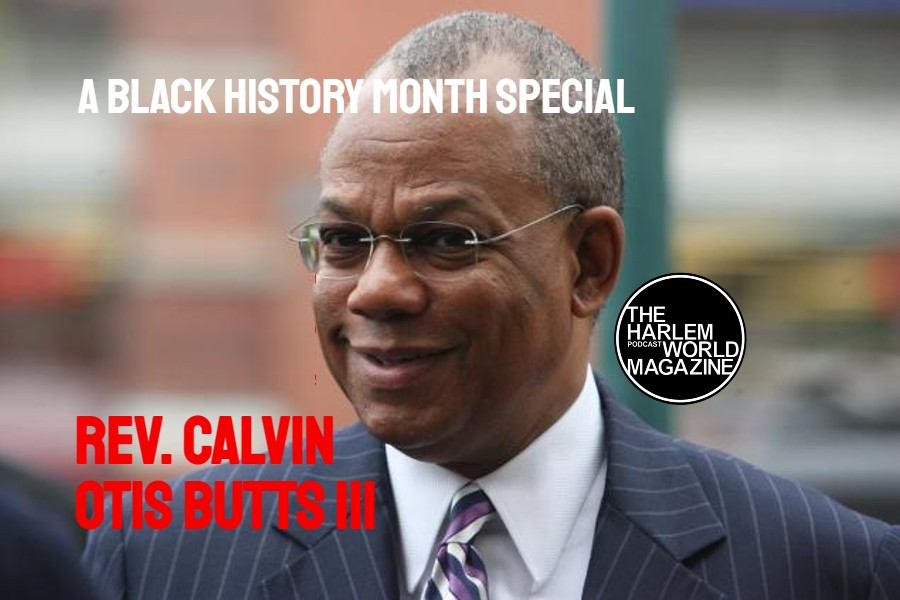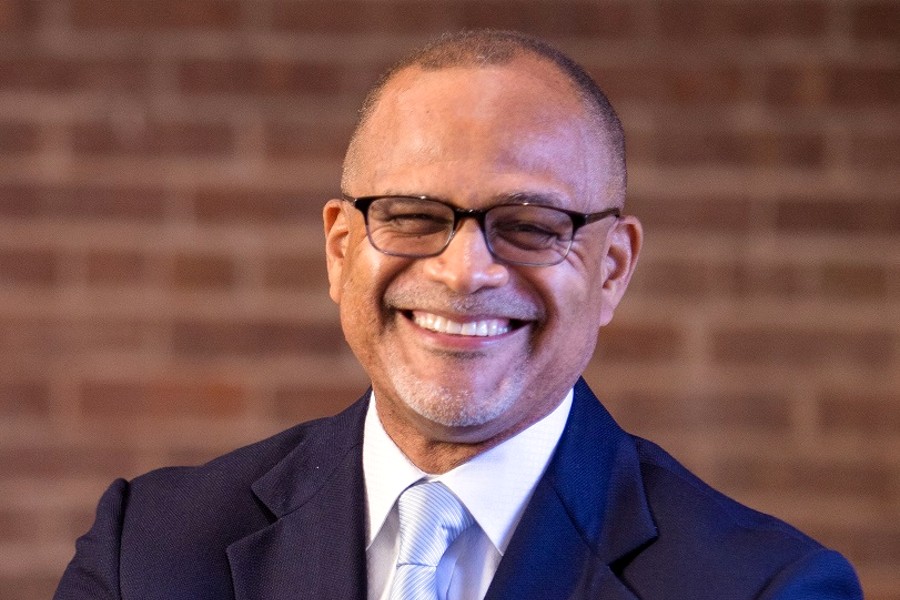The legendary play ‘Dutchman’ opened at the National Black Theater May 3rd to a sold out house. Its revival marks the 50th Anniversary of its world premiere at the Cherry Lane Theatre in March of 1964. The producing collaboration of National Black Theatre (NBT) and Classical Theater of Harlem (CTH) commemorate the black arts movement of the mid to late sixties as well as pay tribute to its legendary playwright, Amiri Baraka (Leroi Jones) who died recently in January. At the onset, picky theater buffs or those new to ‘Dutchman’ might employ the spoils of their short attention spans at the threat of long speeches and weighty dissertations of dense language all night.
However, theatrical connoisseurs are sure to enter a dark rectangular chamber designed to cleverly include its spectator in on a wild and turbulent ride. The conductor, played wonderfully with an aura of funky blues by veteran actor Lorenzo Scott, sets the stage with contained mystery for ghosts of characters to emerge. Directed by Carl Cofield, who sought to present a metaphoric comparative commentary on the pandemic of race relations past and present. As he examines particularly the black man as the main endangered species, thoughts of George Zimmerman, Trayvon Martin, and Jordan Davis helped inspire Cofield’s vision to stage the work in a timeless subway car of purgatory. It’s as if the subway car itself is the audiences’ transport from past to present as the dialogue reflects a disturbing mirror on race.
Hollywood actor Sharif Atkins (White Collar, Hawaii, ER) gives a riveting performance as Clay in the same vein as his predecessor, the late great Al Freeman Jr. He brings the solid installment of real range to the character. Tempered by the hinted nostalgia of his wardrobe and well-mannered charm, the assumption is to place the story in the original era in which it was written. But the contemporary garb adorned by background players including Lula, the lead opposite Clay immediately suggests a time warp of sorts.
Ambien Mitchell delivers an amazing turn as Lula, the privileged but neurotic white girl who sadistically picks at Atkins’ Clay with hurls of minstrel stereotypes while fusing her spew with piercing sexuality. Her use of the epitaph “black nigger” early in the piece quickly puts the audience on notice that it’s going to be a bumpy and turbulent ride. The chemistry between Atkins and Mitchell builds slowly but intensely with the consistent unnerving of polarizing dialogue, sensual heat, and threatening consequences. Colfield does an excellent job of creating a claustrophobic atmosphere that no can easily escape. It also paves the road to the unleashing of black male rage previously pinned up by Atkins’ polite patience amidst the darted insults.
Their mutual attraction couldn’t sustain the proposed abandonment of societal restraint by Lula to genuinely connect soul to soul. But gave way to Clay’s eruptive release as Atkins spewed with a sweaty explosion of words on what it really means to be black and male in America. As Clay and Lula switch places of prey and target, Atkins delivers a sinister rendition of righteous indignation. There’s an inhale of stalled breath but only the climatic and shocking end allows the gasping release of air amid the abrupt blackout. Hence, Baraka’s wisdom on the intended brevity of the one-act.
The talk back examination of the piece only surfaced opinions and statements of social consciousness. As the language provokes the audience to make sense of the play’s relevance in today’s racial climate, this raised a host of questions pointing towards the intent, background, and philosophical meaning of ‘Dutchman.’ Who has the right to define the black man? Why Baraka chose a white woman for Clay to spar with as opposed to a white man? The subconscious conditioning of White privilege vs Black consequences? Which parlays into why black men take so much extended abuse quietly? Ambien Mitchell refuted the idea of the play being an allegory as it’s often categorized, she did put forth the thought that as her character Lula presses Clay to “pretend to be free” in order to throw off their inhibitions, the racial strongholds of this world thwarts the ability for them to truly connect to each other so they can never experience true freedom.
Perhaps this consciousness was aptly prepped by an exhibit in tribute to Baraka, the Black Arts Movement, and their compatriots in the fight for racial equality. Brilliantly curated by NBT’s Director of Theater Arts, Jonathan McCory, it’s sobering fabric of nostalgic talk show debates on race and education, a timeline chronicling the black arts explosion which Baraka helped in its inception, and a tense letter exchange between the playwright and white reporter who negatively reviewed his play as racist in reverse, all which helped contextualized the play. The producing NBT/ CTH team and McCory obviously wanted to remind audiences of their intent in presenting the play against the backdrop of today’s racial climate making the work apropos therefore minting the ‘Dutchman’ a timeless classic. The production runs at the National Theater until May 23rd.
Related articles
Become a Harlem Insider!
By submitting this form, you are consenting to receive marketing emails from: Harlem World Magazine, 2521 1/2 west 42nd street, Los Angeles, CA, 90008, https://www.harlemworldmagazine.com. You can revoke your consent to receive emails at any time by using the SafeUnsubscribe® link, found at the bottom of every email. Emails are serviced by Constant Contact





















